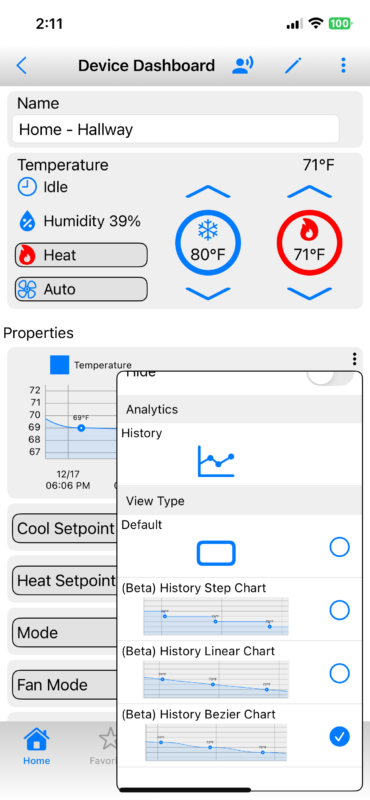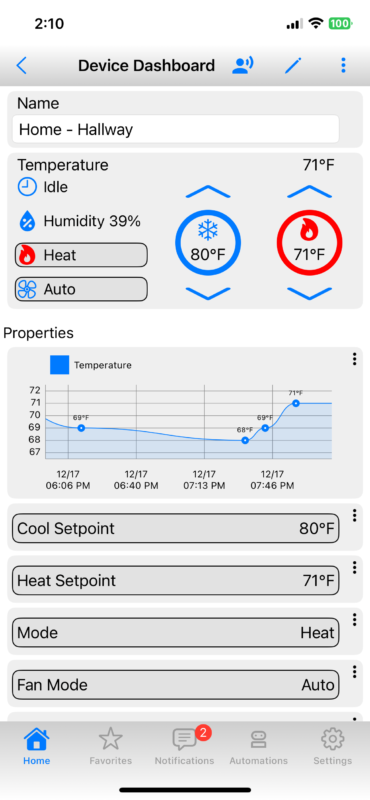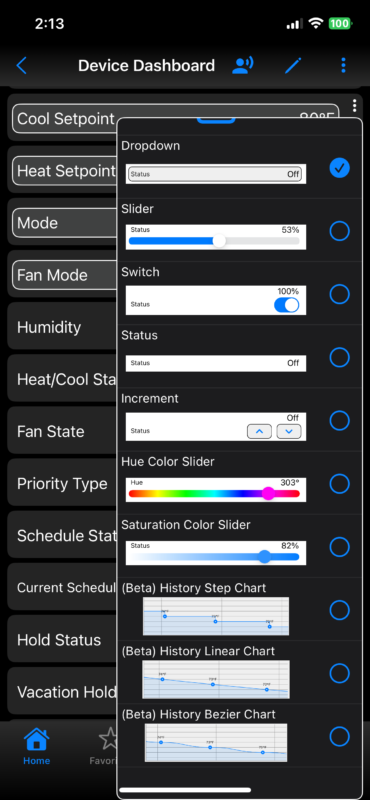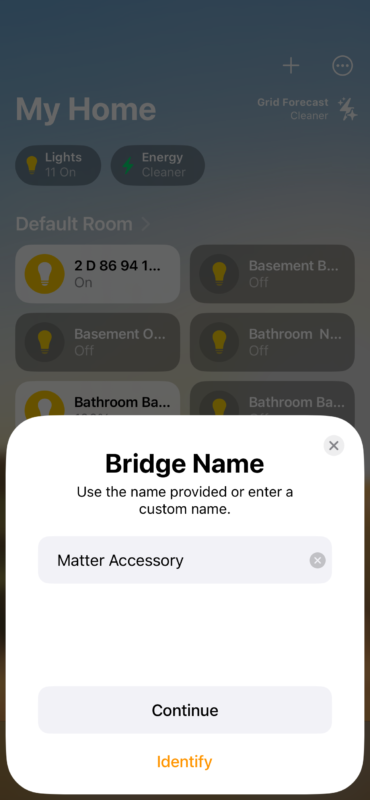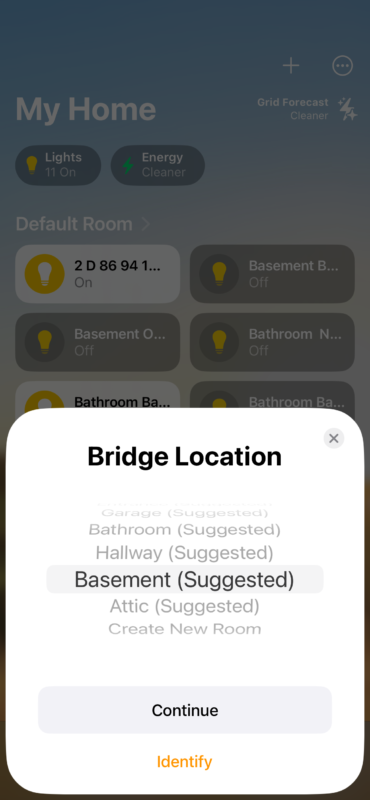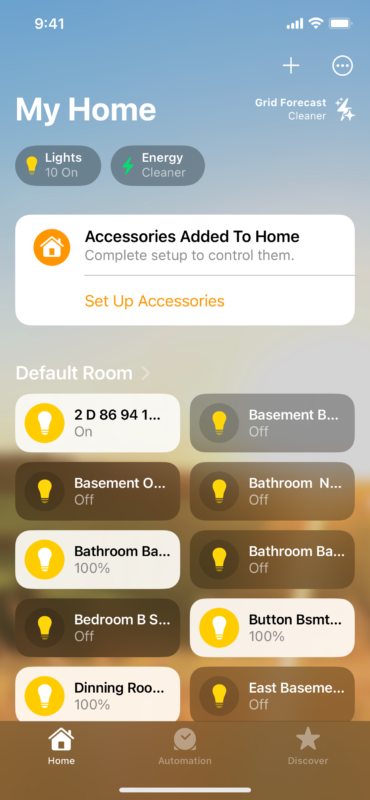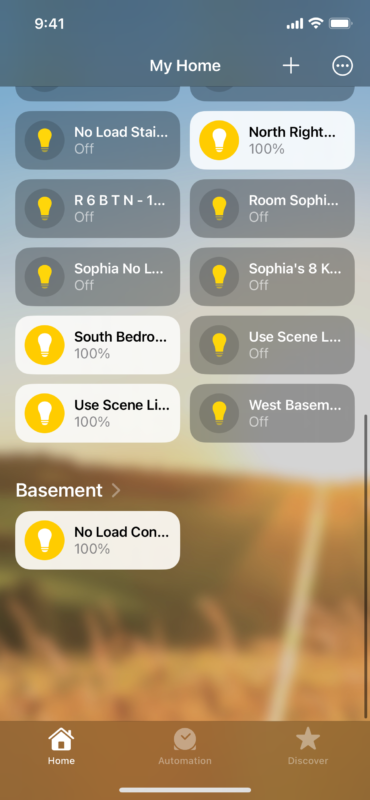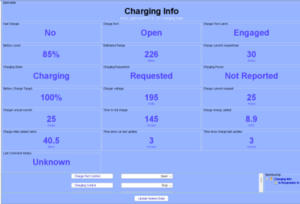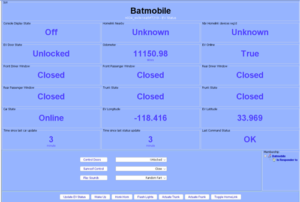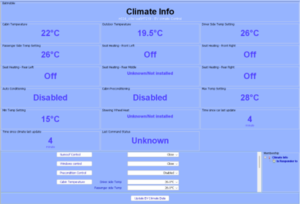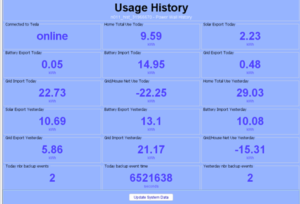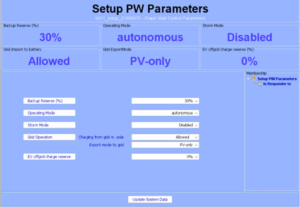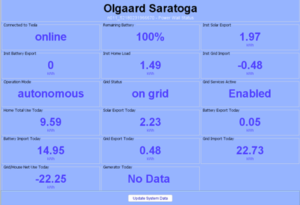AT&T Shuts Down Text Service – Stay Connected with eisy!
AT&T has announced that, effective June 17, 2025, their email-to-text and text-to-email services will be discontinued. This change will impact your ability to send or receive text messages through AT&T’s network.
Got eisy?
Excellent! All you have to do is to use our awesome Notification plugin and get Instant Push Notifications.
Still using 994?
Don’t worry, we got you covered! Upgrade to eisy, get 12% discount (code at the bottom) + 1 free year of ISy Portal, and use our awesome Notification plugin and get Instant Push Notifications!
How do I use the Notification Plugin?
UD Mobile helps you configure and setup fast and reliable Push Notifications in no time. Here’s a short video detailing configuration and setup.
We’ve made it easier than ever to migrate from your 994!
- For INSTEON devices, migration is as simple as a backup and restore.
- If you’re using a 500 series Z-Wave unit (models with ZW+), migration is also easy but may require some manual intervention.
- Your ISY Portal licenses and Alexa/Google Home configurations transfer with a single click.
- Extend your system with 100s of plugins: [Click here for the list]
What you’ll need:
- 1 x eisy
- 1 x Serial PLM Kit (only if you want to use your existing 994 PLM)
- 1 x ZMatter USB if you want to use Z-Wave/Zigbee/Matter
We’ve prepared exhaustive migration instructions to guide you every step of the way: [Click here for the full guide]
Your Discount Code!
Use coupon code X65FFDWR at checkout to get 12% off your eisy upgrade.
Offer valid through April 30, 2025.
